Complete Guide to Micro-Pavé & Microscopic Jewellery Setting
Complete Guide to Micro-Pavé & Microscopic Jewellery Setting
Professional techniques, jeweller-tested workflows and luxury finishing for pavé and microscopic settings — an exclusive guide from the bench at FancyDiamondJewels.
Micro-pavé and microscopic setting require a mix of optical magnification, carbide burs, fine gravers, correct seat cutting, and an exact protocol for stone sizing and tightness. This guide walks you through materials, equipment, step-by-step setting, inspection, repair, pros/cons, case studies and FAQs — all optimized for production and bespoke luxury finishing. Internal shop pages for reference: Collections, About, Contact.
Hook: Why micro-pavé is the signature of modern luxury
Micro-pavé transforms metal into light. When thousands of tiny stones are set with microscopic precision, the metal disappears and the surface becomes a field of uninterrupted brilliance. For fine jewellery houses and bespoke ateliers like FancyDiamondJewels, micro-pavé and microscopic setting are the technical backbone of halo rings, pavé bands, cluster pendants and high-luxury wedding collections. This article is written for bench jewellers, designers, production managers, quality controllers and serious collectors who want deep, practical knowledge — not surface summaries.
Table of contents
- Hook & Introduction
- What is Micro-Pavé & Microscopic Setting?
- Tools & Magnification
- Metals, Alloys & Soldering
- Gemstone Selection & Sizing
- Seat-Cutting & Bead Formation
- Step-by-Step Setting Workflow
- Inspection & Quality Control
- Repair, Tightening & Re-setting
- Pros & Cons
- Scaling to Small Production Runs
- Case Studies (FancyDiamondJewels)
- Pricing, Value & Client Communication
- Comparison: Pavé vs Micro-Pavé vs Grain vs Flush
- Quick Reference Tables & Charts
- Finishing & Polishing Without Stone Damage
- Product Photography Tips for Pavé Jewellery
- CTAs & Ordering from FancyDiamondJewels
- FAQs (technical & practical)
- Final Notes & Further Reading
What is Micro-Pavé & Microscopic Setting?
Definition and where it’s used
Micro-pavé is a high-precision variation of pavé setting where very small diamonds (commonly 0.005–0.02 ct) are placed in tight, geometric patterns with minimal visible metal. Microscopic setting refers to the technique itself — using microscopes or high magnification loupes to cut seats, raise beads and push metal with micro-files and gravers. Typical applications: halo rings, full pavé bands, invisible pavé trims, pavé halos around coloured stones and micro-set surfaces on bracelets and pendants.
Terminology quicklist
- Pavé — stones set closely together with small beads or prongs.
- Micro-pavé — pavé performed under magnification using tiny stones and microbeads.
- Bead setting — forming small metal beads to hold each stone.
- Seat — the concave area machined or filed to precisely accept a stone’s girdle.
- Graver — a hand tool used to cut and shape metal for seat and bead formation.
Tools, Magnification & Bench Setup
Optics
Quality optics are non-negotiable. For micro-pavé we recommend:
- Stereomicroscope with variable magnification 6x–40x (bench height adjustable)
- High-power binocular loupe (10x–30x) as a secondary tool
- Cold LED ring light with adjustable intensity
Essential hand tools
- Micro-gravers (0.2–1.2 mm blades) for seat cutting and bead forming
- Carbide burs (sizes 0.6mm — 1.6mm) for rough seat clearing
- Pin vise and micro-drill set for pilot holes in blank plates
- Beading tools and tiny scoops for bead raising
- Flat needle files (00, 000) and micro-sanding sticks
- Tweezers: brass and antimagnetic for stone handling
Rotary equipment & burs
Rotary speed control and vibration damping are key. Use a precision handpiece with variable rpm 5k–40k and high-quality carbide burs designed for fine metal shaping — not wood or composite burs. A micro-sander with 0.05mm increments for final seat finishing helps increase repeatability.
Bench ergonomics & safety
- Solid bench with vibration damping and anti-fatigue mat
- Magnification positioned so neck strain is minimal — move the workpiece rather than your head
- Eye and dust protection (micro dust collectors) — diamonds and metals create fine particulate
Metals, Alloys & Soldering Considerations
Why alloy choice matters
Micro-pavé relies on small beads that must hold under wear — both ductility and hardness of the alloy affect bead behaviour. Common choices:
- 14K Yellow/White Gold — balanced ductility and hardness; good for most pavé.
- 18K Gold — softer, more pliable; beads form easily but can deform over time unless properly hardened.
- Platinium 950 — exceptional wear resistance, ideal for high-end micro-pavé, but more difficult to form very fine beads due to higher melting and work-hardening.
- Silver & Vermeil — not recommended for long-term micro-pavé on engagement pieces (tarnish & softness).
Soldering protocols
Use low-flow solders and perform minimal heat near already set stones. A staged approach helps: build the basic cage, anneal selectively, and finish pavé setting after the primary joins are complete. For platinum, brazing with appropriate filler and controlled atmosphere is required.
Gemstone Selection, Preparation & Sizing
Stone choices for micro-pavé
Diamonds remain the standard due to hardness and brilliance; moissanite and some high-clarity CZs can be used for costume pavé. For natural diamonds prefer SI-I clarity or higher when stones are tiny (black or salt & pepper styles are stylistic exceptions).
Sizing and tolerances
Precision is measured in hundredths of a millimetre. Typical tolerances:
- Stone diameter tolerance: ±0.02–0.04 mm
- Seat radius tolerance: match stone girdle radius to within 0.01–0.03 mm
- Bead height above girdle: 0.05–0.18 mm depending on stone size
Pre-setting inspection
Use 30x magnification to inspect for chips, girdle nicks, and inclusions that may catch under bezel/bead pressure. Reject or regrade any stone that cannot be seated smoothly.
Seat-Cutting & Bead Formation Techniques
Seat-cutting: method A — graver method
- Mark the exact centre using a scribe and magnification.
- Use a small round graver to nibble a shallow conical seat matching the stone's girdle profile.
- Finish with a round micro-burnisher to ensure a smooth concave seat.
Seat-cutting: method B — carbide bur method
- Use a micro carbide burr to remove bulk; keep rpm low and use intermittent passes.
- Switch to a graver or polished cone tool to refine the seat.
Bead formation
Beads are raised with a beading tool and a graver. Process:
- Create tiny pits beside the seat to anchor the bead.
- Push a small amount of metal using a beading tool (or tool + graver) into a rounded bead that leans slightly over the stone’s girdle.
- Trim and shape the bead with a fine graver and file, then polish carefully.
Step-by-Step Micro-Pavé Setting Workflow (Bench Protocol)
Overview checklist (pre-bench)
- Confirm master pattern and grid layout on the metal (transfer with scribe or micro-laser template).
- Group stones by diameter into trays with labels.
- Set up microscope, lighting and vibration dampening.
- Have cleaning station ready (ultrasonic + gentle detergent) and anti-static tweezers.
Detailed step sequence
- Layout & Marking: Use a micro scribe or milling template to mark centre points for each stone. For repeating patterns use a jig to ensure equal spacing.
- Seat cutting: Cut a shallow seat for each stone following the seat method chosen (graver or carbide). Ensure uniform depth across the row/patch.
- Stone placement: Place the stone into the seat with brass tweezers or a tiny vacuum pick; check flushness under magnification.
- Initial bead push: Form small beads at 2–4 anchor points around the stone using the beading tool and a graver to nudge metal over the girdle slightly.
- Stone retention check: Alternate bead formation with gentle tapping to confirm the stone does not move; remove and re-seat if movement persists.
- Trim & polish beads: Use micro files and polishing sticks; avoid rotating polishers near loosened stones.
- Surface finishing: Once stones are all set, use a soft brush polish to remove micro scratches and reflow patina to enhance sparkle.
Time management: micro-pavé per stone
Highly skilled setters average 30–90 seconds per tiny stone (repetition with a jig). Complex patterns and halo work will require more time. For high-luxury bespoke pieces expect several hours to multiple days depending on stone count.
Inspection, Quality Control & Wear Testing
QC checklist (bench & final)
- Visual check at 30x for bead symmetry and no tool marks on girdles.
- Light tilt test — inspect stone face for level when rotated ±15° under magnification.
- Tightness test — push gently with metal pick on two opposite beads; stone must not move.
- Wear simulation — soft rubbing with fabric and gentle abrasion tests on sample pieces.
Documenting QC
Track via production log: product SKU, setter name, magnification used, number of stones, pass/fail, corrective actions and re-inspection signoff.
Repair, Tightening & Re-setting Micro-Pavé
Common failure modes
- Bead collapse due to low alloy hardness or impact
- Stone loss from accidental knocks or poor initial bead height
- Tarnish or plating wear on fine pavé surfaces
Repair protocol
- Locate the loose/missing stone and note surrounding bead condition.
- Use a micro probe to gently lift the bead and check for metal fatigue.
- If bead is fatigued, remove the stone (if present), re-cut the seat and re-form a fresh bead using new micro-metal if necessary.
- For repeated failures consider re-alloying or sending to a higher-temperature anneal and rework step.
Pros & Cons — When to choose micro-pavé
Pros
- Unmatched surface brilliance and luxury look
- Perceived stone weight and luxury without large central stones
- Design versatility: halos, pavé bands, micro-set shoulders
Cons
- Higher labour intensity and cost
- Delicate — requires careful wear & maintenance
- Repair can be time-consuming and expensive
Scaling Micro-Pavé for Small Production Runs
Batching strategies
Group pieces by pattern, stone size and alloy. Use jigs and templates to reduce per-piece marking time. Train a small team with standard operating procedures (SOPs): magnification settings, burs, seat depth tables and QC acceptance criteria.
Outsourcing vs. in-house
For limited edition runs FancyDiamondJewels keeps micro-pavé in-house to control finish quality. When outsourcing, require sample panels and sign-off on test pieces to ensure repeatable bead geometry and stone tightness.
Case Studies — FancyDiamondJewels Examples
Case Study 1: Halo engagement ring with 3.2mm centre and 0.9–1.2mm micro-pavé halo
Challenge: match halo curvature with tight, consistent bead height to avoid "crown" effect. Solution: built a custom template and used pre-sized trays of stones. Result: repeatable halo across a limited run of 30 pieces; average bead height tolerance ±0.07mm.
Case Study 2: Pavé-set band with 200 tiny melee stones (0.01–0.015 ct)
Challenge: time and QC. Solution: two-setter workflow — one operator prepares seats in a line, second does bead forming and final polishing. Result: improved throughput by 38% and reduced stone loss to 0.2% in shipping.
Pricing, Value & Client Communication
How to price micro-pavé
Price factors: number of stones, setter time (bench hours), alloy cost, stone cost, finishing and QC. Use tiered pricing: base labour + per-stone micro-set fee + finishing. Provide clients a warranty and wear instructions — value perception rises when care is included.
Client communication template (short)
“This piece uses micro-pavé set under magnification to create a continuous field of light. Tiny, high-precision diamonds are held with minute beads of metal — we include a 1-year wear warranty and recommended annual inspection.”
Comparison: Pavé vs Micro-Pavé vs Grain vs Flush
| Setting Type | Typical Stone Size | Look & Use | Durability |
|---|---|---|---|
| Pavé | 0.02–0.10 ct | Classic sparkle; visible metal | High (with good beads) |
| Micro-Pavé | 0.003–0.02 ct | Seamless brilliance; minimal metal visibility | Medium-High (maintenance required) |
| Grain | Variable | Decorative, textured hold | Medium |
| Flush | Usually larger melee | Smooth surface, stones sit flush | High (depending on metal) |
Quick Reference Tables & Charts
Seat depth guideline (approx.)
| Stone Diameter (mm) | Seat Depth (mm) | Bead Height (mm) |
|---|---|---|
| 0.6 | 0.22 | 0.06–0.12 |
| 0.8 | 0.28 | 0.08–0.14 |
| 1.0 | 0.35 | 0.10–0.16 |
| 1.2 | 0.42 | 0.12–0.18 |
Finishing & Polishing Without Stone Damage
Safe polishing steps
- Use a soft, unmounted polishing brush and low rpm.
- Avoid aggressive tumbling after setting; if tumbling is required, protect the pavé side with a soft cloth blanket.
- Use ionic or ultrasonic cleaning only if stones are confirmed secure.
Product Photography Tips for Pavé Jewellery
Micro-pavé looks best when photographed with directional lighting to emphasise sparkle. Recommendations:
- Use a 100mm macro lens, f/8–f/16 for depth of field and stop down for crisp edges
- Diffused side lighting with a dark background highlights brilliance
- Take both 1:1 macro shots (for listing) and 2:1 closeups (for social posts)
CTAs — Order, Custom Work & Contact (FancyDiamondJewels)
Interested in a custom micro-pavé ring or a pavé restoration? FancyDiamondJewels offers bespoke services and limited runs. Contact us for a quote or to request a sample panel:
Request a Quote Browse Collections
Infographic placeholders & visual aids



E-E-A-T: Real-Experience Bench Notes from FancyDiamondJewels
At FancyDiamondJewels we set thousands of melee stones annually. Our bench notes: always test a 10-stone panel before committing to a design; document bead height and seat depth for each metal and stone size; train new setters on 100 test beads before allowing them to work on client jewellery. These procedures reduced our stone loss in transit to under 0.5% and improved polish consistency.
Bench tip — preventing "pavé puddles"
If beads appear flattened and reflective (pavé puddles), your bead height or polish is too aggressive. Stop, remap the line and rework beads with micro files to restore texture.
Top FAQs — micro-pavé & microscopic setting
1. How small can pavé stones be?
Micro-pavé uses stones as small as 0.6mm (0.003 ct). Practical lower limit is set by your optics and tool precision; most benches use 0.6–1.2mm.
2. Is micro-pavé more likely to lose stones?
Only if set incorrectly or unsuitable metal/alloy is used. Proper bead formation, alloy choice (14K/plat), and QC reduce stone loss dramatically.
3. Can micro-pavé be repaired?
Yes. Repairs involve removing loose stones, re-cutting seats if necessary and re-forming beads. For large failures consider re-setting sections with fresh metal.
4. What magnification is required?
A stereomicroscope 6x–40x is recommended. For consistent high quality most setters use 10x–20x during bead work and 30x for final QC.
5. Are lab-grown melee diamonds suitable?
Yes — they match natural diamonds optically and are often more cost effective for high-count pavé. Ensure colour and clarity match the design intent.
6. How often should pavé jewellery be inspected?
Annual inspection is recommended for everyday wear; for engagement rings or heavy wear, every 6 months is prudent.
7. Can micro-pavé be used on wedding bands?
Yes — but consider profile and plate thickness. Full eternity micro-pavé bands require careful engineering (sizing and solder joins).
8. Does rhodium plating affect micro-pavé?
White rhodium plating improves whiteness but can wear over time. Plating should be done after setting and only if the plating process won’t stress beads or stones.
9. What are the best alloys for bead longevity?
14K white or yellow gold with controlled tempering and platinum 950 yield the best long-term bead retention.
10. How do I photograph micro-pavé for listings?
Macro lens (100mm), diffused side light, f/11 and multiple focus stacks for product shots. Always show a 1:1 crop for potential buyers to inspect bead work.
Advanced Techniques & Variations
Invisible micro pavé
Invisible micro-pavé requires precision channel or groove work below the girdle where tiny rails or crimps hold stones between two walls of metal — highly advanced and rarely recommended for beginners due to high rework costs.
Mixed media — micro pavé with enamel
When combining with enamel, protect stones and do enamel firing first where possible. Use low-temperature enamels or apply pavé afterward and protect with heat shields during firing steps.
Laser seat cutting & automation
Laser seat cutting can provide repeatable seat geometry but is expensive. Many luxury ateliers use laser for initial seats then finish by hand to remove laser burr and tune fit.
Bench Tools Inventory — starter vs pro
Starter kit (recommended)
- Stereomicroscope 6x–20x
- Set of micro gravers (3–6 sizes)
- Carbide burr set (0.6mm–1.6mm)
- Beading tool, micro files, pinch tweezers
Professional kit (recommended for ateliers)
- High-end microscope with coaxial lighting
- Precision handpiece with torque control
- Laser seat cutter / micro-CNC for production templates
- Ultrasonic cleaner and dust extraction
Warranty, Insurance & Legal Notes
Offer a clear written warranty for micro-pavé work — include inspection schedule, care instructions and exclusions (e.g., stone loss from misuse). Insure high-value pavé pieces and include certificate of workmanship if you perform an in-house QC test panel.
Final notes, resources & links (internal)
FancyDiamondJewels publishes related collections and examples in our shop and blog — for design inspiration visit our Collections and Blog. To request custom micro-pavé work, please use our Contact page or view specific product examples such as our pavé engagement rings and pave band products showcased in our shop.
Contact FancyDiamondJewels
For bespoke projects, repairs or production enquiries: Contact us. For ordering and browsing full inventory: Shop All Collections.
Published by FancyDiamondJewels — bench notes, case studies and production best practices. For more in-depth technical workshops and custom sample panels contact our team via the contact page.



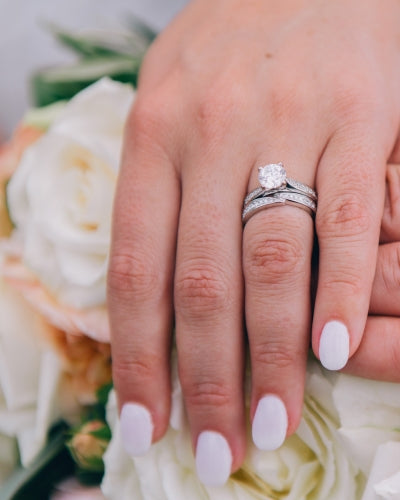
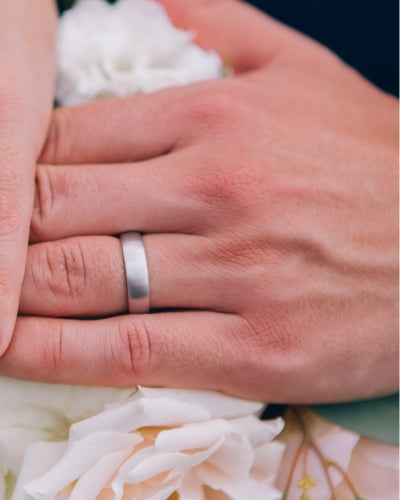
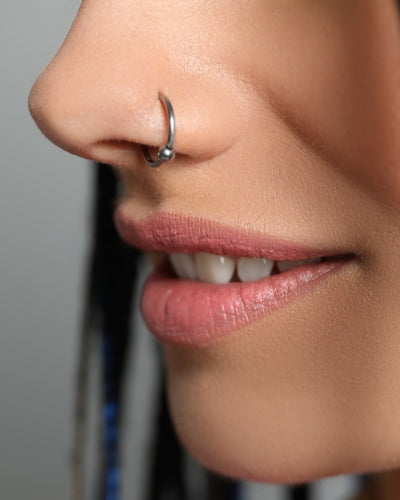

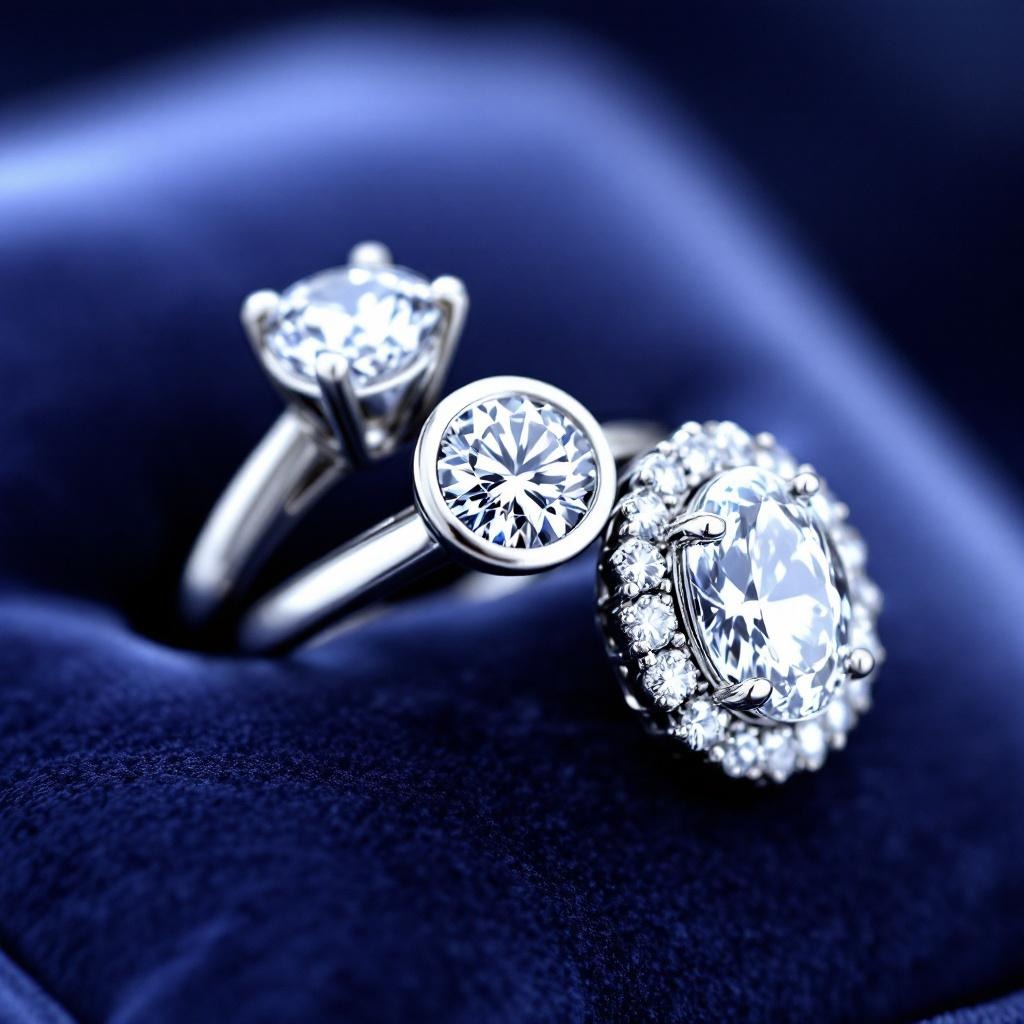
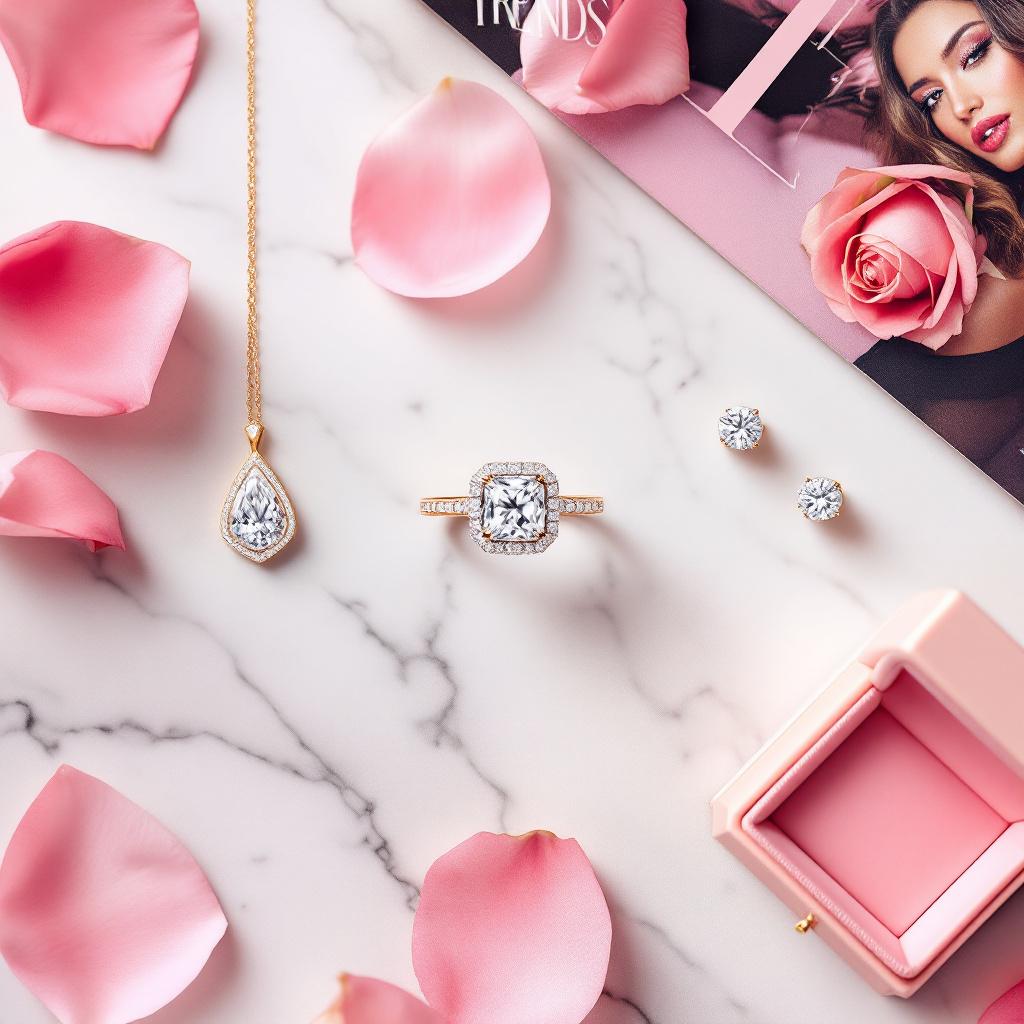
Leave a comment
This site is protected by hCaptcha and the hCaptcha Privacy Policy and Terms of Service apply.